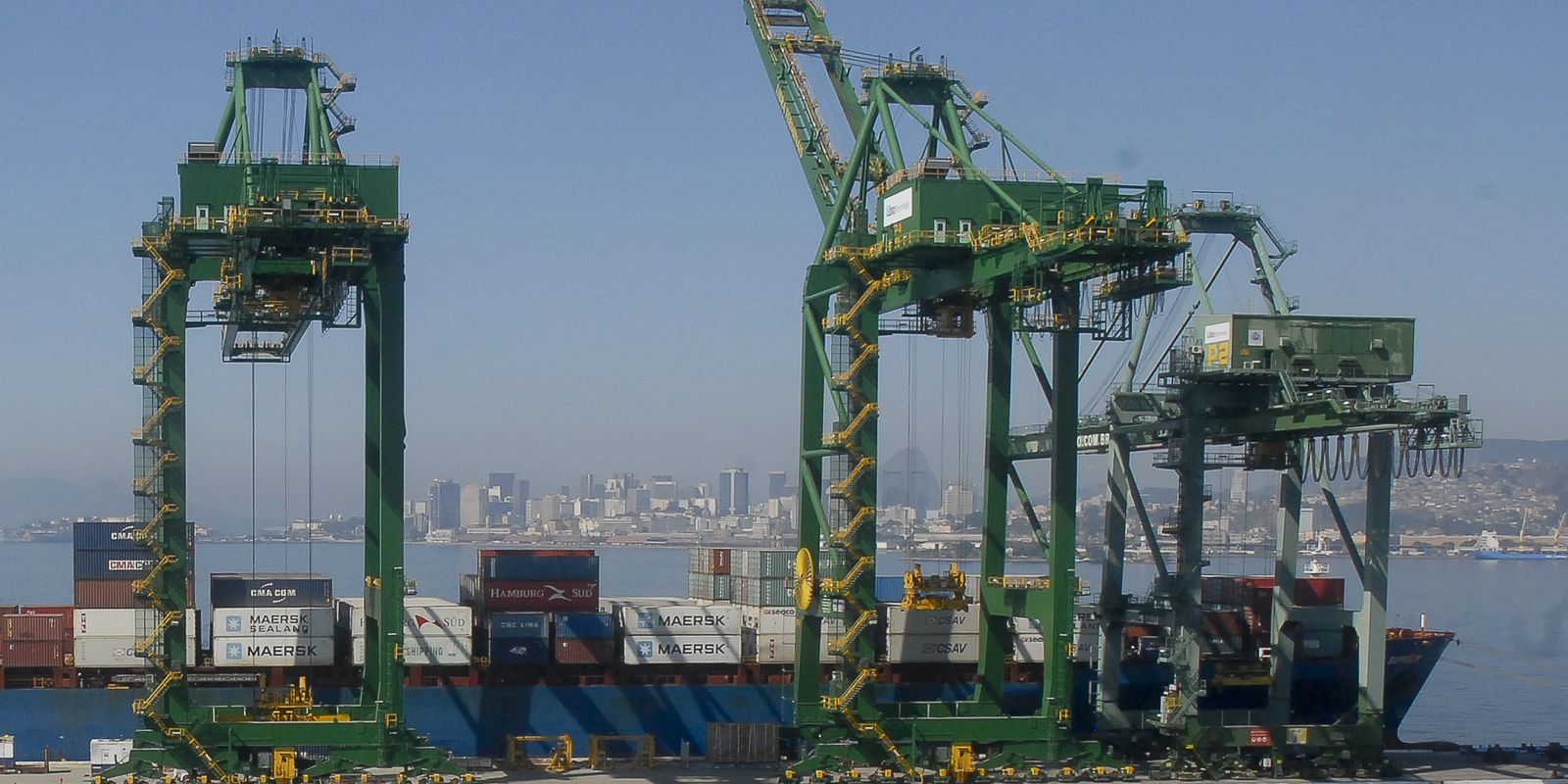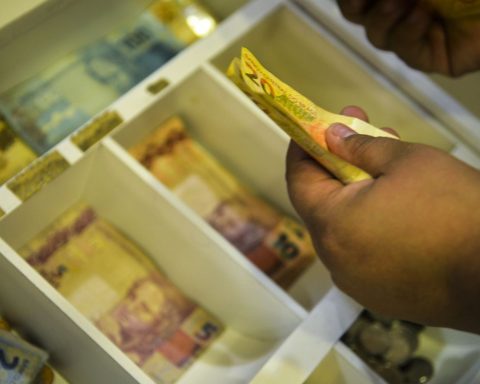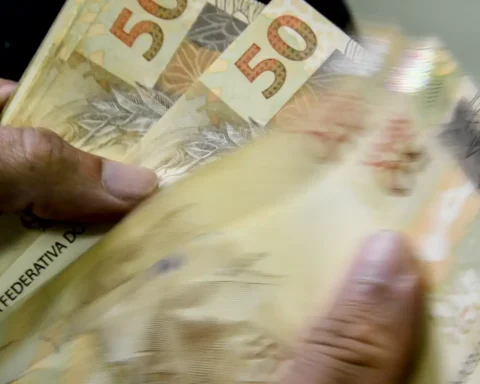Packed by the appreciation of commodities (primary goods with international quotations), the trade balance registers the best positive result for the month of March since the beginning of the historical series, in 1989. Last month, the country exported US$ 7.383 billion more than it imported. According to the Ministry of Economy, this represents an increase of 19.3% compared to March last year.
In the first quarter, the trade balance accumulated a surplus of US$ 11.313 billion. This represents 37.6% more than in January and March of last year (US$ 8.087 billion). The balance is the second best in history for the period, second only to 2017, when the surplus had reached US$ 13.016 billion in that period.
Last month, Brazil sold US$ 29.095 billion abroad and bought US$ 21.711 billion. Both imports and exports hit a record in March, since the beginning of the historical series, in 1989. Exports rose 25% in relation to March last year, according to the daily average criterion. Imports increased 27.1% in the same comparison.
One of the main factors responsible for the recovery of the trade balance was the appreciation of commodities (primary goods with international prices), which rose in March amid heightened tensions between Russia and Ukraine. The stability of some crops, mainly soybean, also contributed to the result.
Last month, the volume of exported goods rose by just 1.8%, while prices increased by 17.2% on average compared to the same month last year. In imports, the quantity purchased fell 7.1%, but average prices rose 29.5%.
sectors
When comparing the agricultural sector, the increase in international prices weighed more on exports. The volume of goods shipped fell 4.5% in March compared to the same month in 2021, while the average price rose 33.4%. In the manufacturing industry, quantity rose 7.2%, with the average price increasing 19.3%. In the extractive industry, which includes the export of minerals and oil, the amount exported fell 7.1%, while average prices remained stable, with a slight increase of 0.6%.
The most prominent products in agricultural exports were unground wheat and rye (+1,995.5%), unroasted coffee (+60.7%) and soybeans (+35%) in agriculture. The growth is mainly due to prices. The negative highlight was corn, whose exports dropped 91.3% from March last year to March this year due to the anticipation of shipments at the beginning of the year.
In the mining and quarrying industry, the biggest increases were registered in nickel ores and their concentrates (+102.9%) and crude petroleum oils (+21.5%). In the manufacturing industry, the strongest growth occurred in beef (+69.3%), soy meal and other animal feed (+49%) and fuel (+172.2%).
In terms of imports, the biggest increases were registered in the following products: fish (+114.3%), fruits and non-oil nuts (+50%) and soybeans (+81.9%), in agriculture; non-agglomerated coal (+113.7%), crude petroleum oils (+221.1%) and natural gas (+39.8%), in the extractive industry; and fuels (+82.7%) and chemical fertilizers (+132.6%), in the manufacturing industry.
Regarding fertilizers, the increase is mainly due to the 132.7% increase in prices. The amount imported fell 3.2% in March compared to March last year.
I estimated
The valuation of commodities made the government revise the trade surplus projection upwards. For 2022, the government forecasts a positive balance of US$ 111.6 billion, against previous projection of US$ 79.4 billion. Estimates are updated every three months.
Forecasts are much more optimistic than those of the financial market. The Focus bulletin, a survey of market analysts released every week by the Central Bank, projects a surplus of US$ 65 billion this year.

















